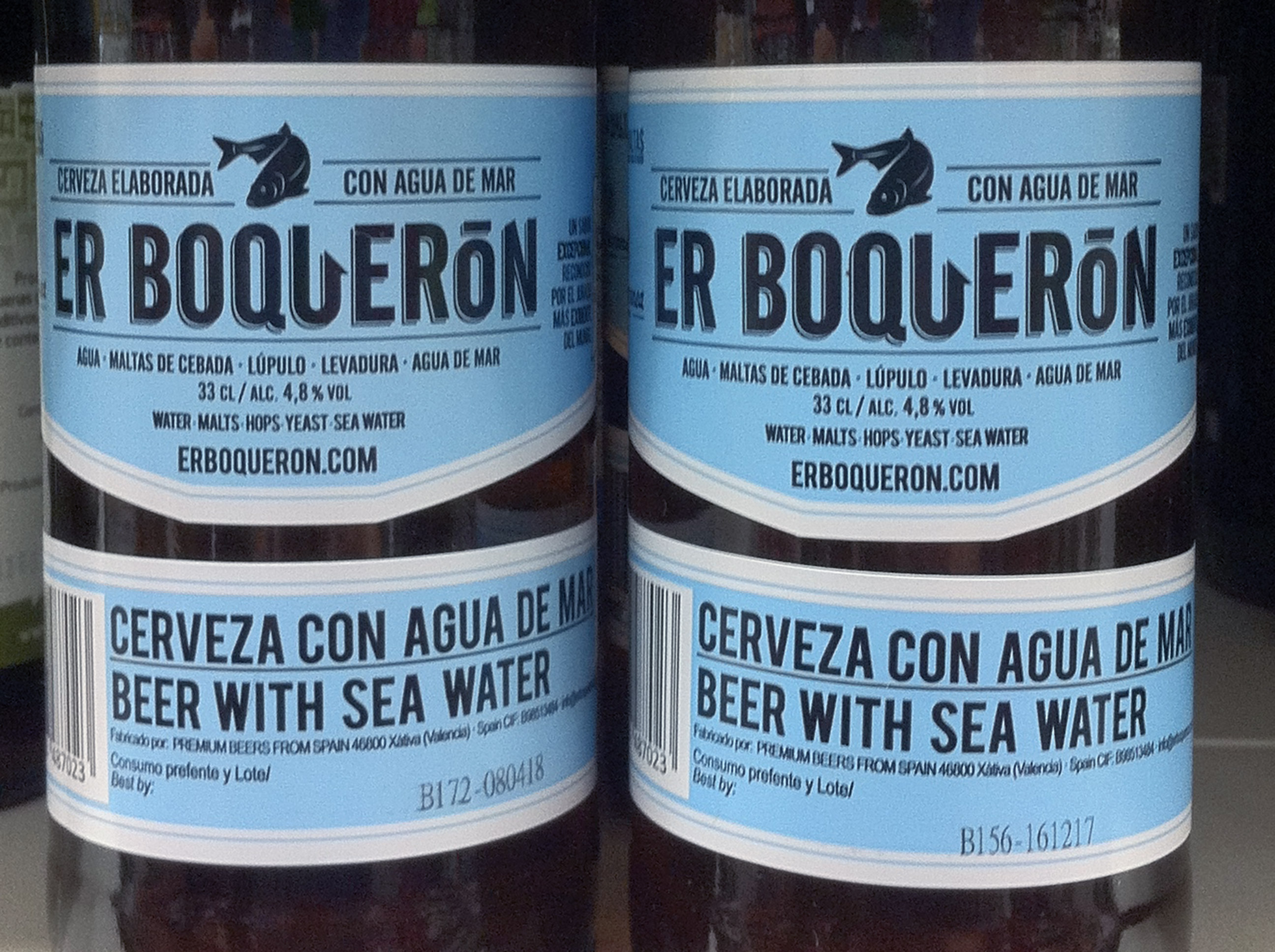
Does a Craft Beer Lover Need Water?
That’s obvious, yet nevertheless it has to be remembered that water is one of the most important components of the beer. Firstly, beer is an alcoholic beverage obtained by fermenting vegetable carbohydrate materials and water. Secondly, beer is made up of 85 to 90% water. Conclusion: The quality and nature of the water used have a direct impact on the brewing process, and beyond that, on taste.
Pure H2O is odourless and tasteless, but water is composed of six main minerals: bicarbonate, sodium, chloride, calcium, magnesium and sulphate. Their proportion acts directly on the hardness in the mouth and on the transformation of the starches into sugars. Furthermore, sulphate emphasizes the bitterness of the beer. Even if it’s less important than the other elements, water plays a role in flavour.
We could extend the demonstration, if only chemically, but let’s remember above all that each style of beer has a type of water that works best for it. For example, it’s recognised that a blonde beer requires a slightly mineralized water, and that an amber beer will be better with a strong proportion of sulphate of calcium.
The beer that illustrates today’s post happens to be a blonde. And the water that has been used is… seawater (the average salinity is 30g/l – i.e. 3.2%). I do have an opinion on that. For once, I’ll save it for myself. I think you can imagine the result of that ingredient on brewing. Taste this Er Boquerón from La Socarrada Cervesa Artesanal (Xàtiva, province of Valencia, Spain), or taste Mor Braz (Theix, Morbihan, France), and make your own judgement on this unexpected oceanic zythology. More on that later then, if I may…
